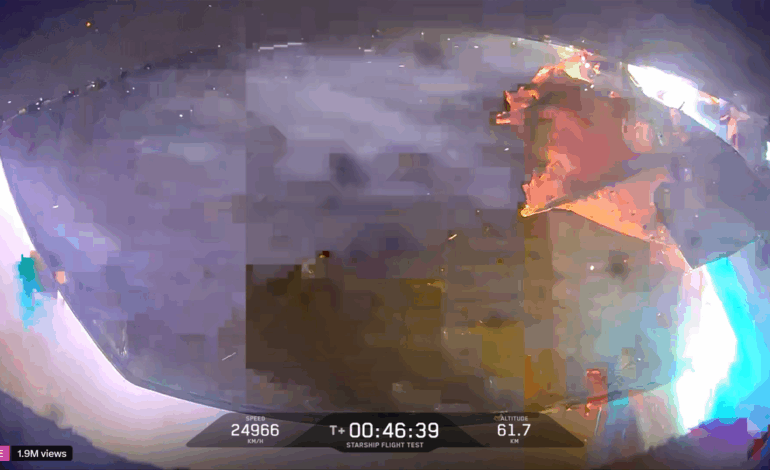SpaceX Set for Starship Flight Test 10 After FAA Investigation Clearance

The Federal Aviation Administration (FAA) has concluded its investigation into the recent failures of SpaceX’s Starship missions, allowing the company to move forward with Starship Flight Test 10. The launch is scheduled for August 24, 2025, at 19:30 EDT (23:30 GMT) from SpaceX’s Starbase facility in South Texas.
Starship Flight 9, which took place on May 27, 2025, ended in failure, resulting in the loss of both the Super Heavy booster and the upper stage known as Ship 35. The investigation, led by SpaceX with oversight from the FAA and support from the U.S. Space Force, NASA, and the National Transportation Safety Board, identified separate structural issues in each stage of the vehicle as the cause of the mishap.
In addition to the findings from Flight 9, SpaceX reported a separate incident on June 18, when Ship 36 was destroyed during a ground test at the Starbase facility. This explosion occurred while the spacecraft was undergoing cryogenic fuel loading, leading to significant damage to both the vehicle and the surrounding infrastructure.
Details of Previous Flights and Investigations
Flight 9 was the third Starship launch of 2025, following Flights 7 and 8, which also failed. All three missions experienced catastrophic failures, including explosions visible from locations across the Atlantic Ocean. Despite the setbacks, Flight 9 marked the first reuse of a Super Heavy booster, designated Booster 14, which successfully executed a hot-stage separation from Ship 35 during its ascent.
About six minutes into the flight, Booster 14 relit 12 of its 13 engines for landing but exploded approximately 1 kilometer above the Gulf of Mexico. SpaceX attributed this explosion to increased descent forces that ruptured an internal propellant line, igniting the booster’s liquid oxygen and methane fuels.
To address these issues in future flights, SpaceX plans to adjust the angle of attack during descent and is redesigning the Super Heavy boosters. The new design will feature three larger grid fins, enhancing aerodynamic control and allowing for higher angles of attack.
After separation, Ship 35 initiated its first engine burn but encountered a methane leak in its nosecone. Although the spacecraft managed to complete its ascent, it eventually lost attitude control, leading to an uncontrolled reentry over the Indian Ocean. SpaceX lost communication with Ship 35 roughly 46 minutes into the flight.
Investigations revealed that the leak stemmed from a failure in a gas diffuser used to pressurize the main fuel tank. Following the incident, SpaceX implemented updated inspection procedures and modifications to its composite overwrapped pressure vessels (COPVs) to prevent similar failures in the future.
Looking Ahead: Starship Flight 10 and NASA’s Artemis 3 Mission
With the FAA accepting the findings of the investigation, SpaceX is poised to proceed with Starship Flight 10 under its current launch license. This upcoming test aims to expand the capabilities of the Starship program, moving closer to achieving fully reusable rockets.
Both Flight 10 and an anticipated Flight 11 will serve as the final tests for this generation of Starship, with objectives designed to enhance vehicle performance. SpaceX’s ongoing development is critical, particularly as NASA has selected Starship as the lunar lander for its Artemis 3 mission, which aims to return astronauts to the Moon by 2027.
As SpaceX prepares for the next launch, it will stream the mission live on its website and social media channels. Space enthusiasts and industry watchers will be keenly observing the flight as it represents a significant step in SpaceX’s ambitious plans for space exploration and transportation.






